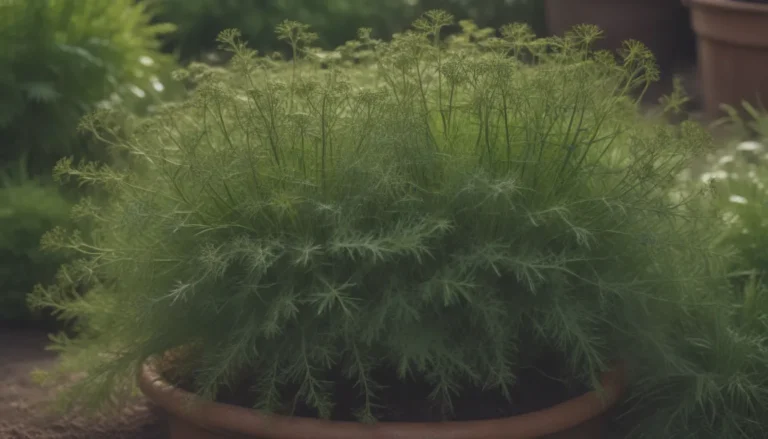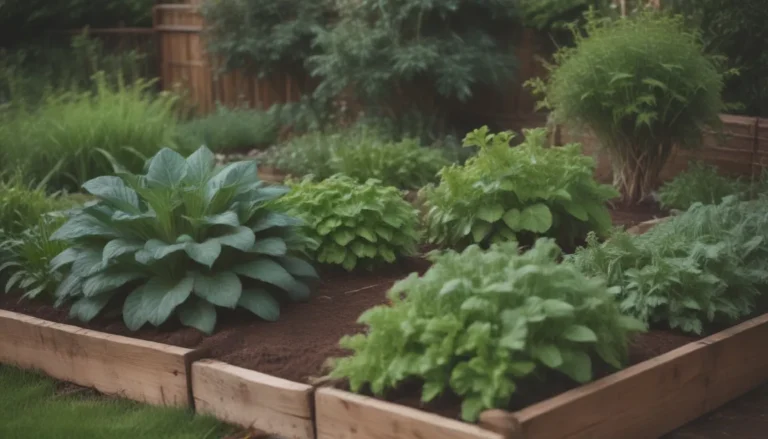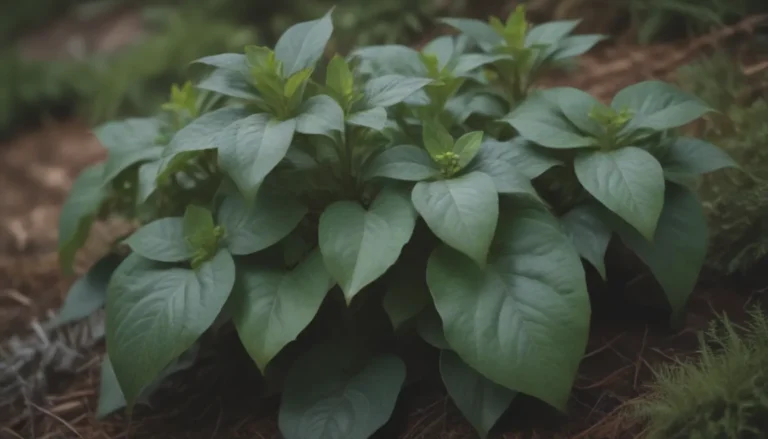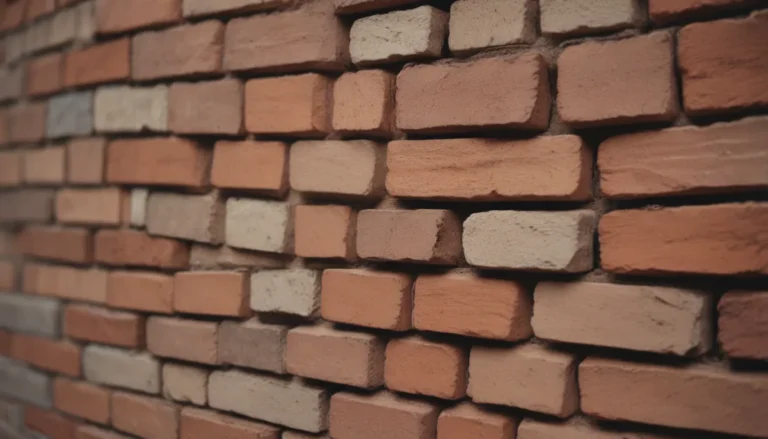The Ultimate Guide to Growing Creeping Speedwell
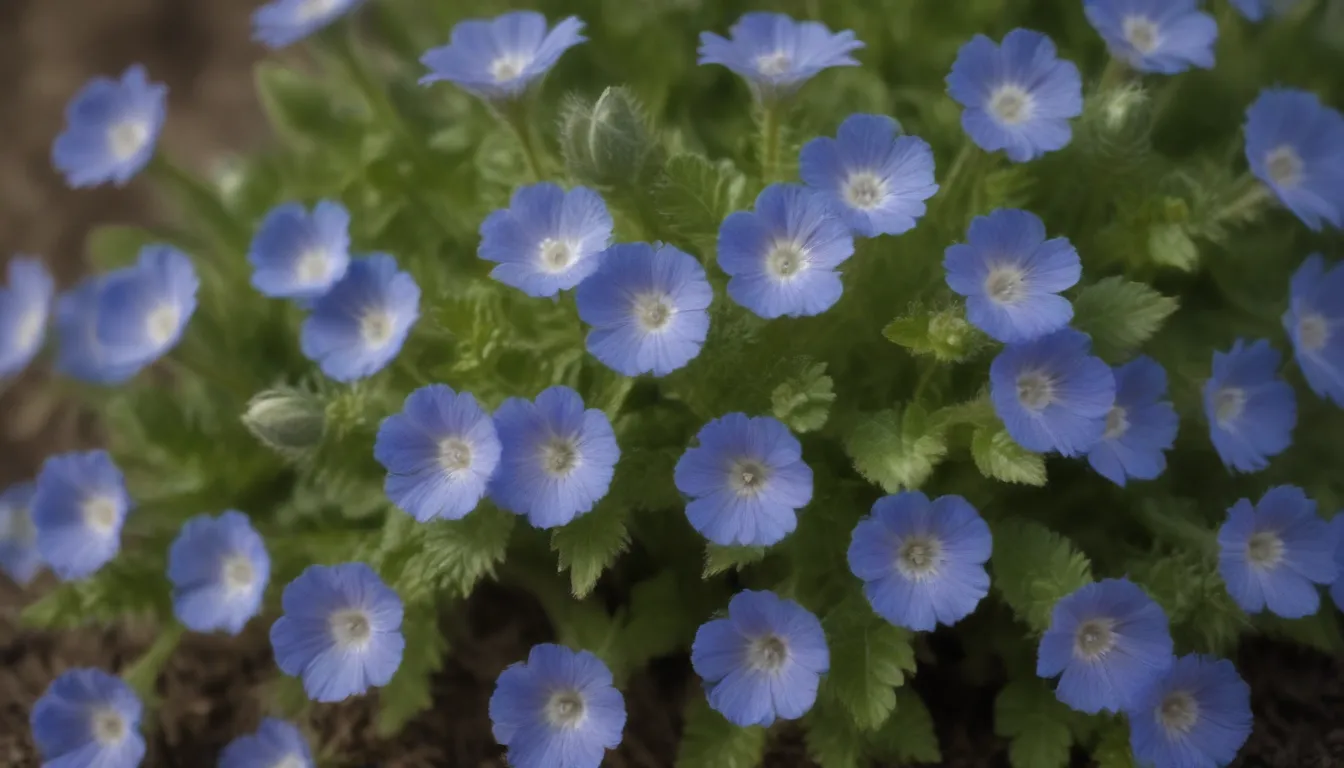
If you’re looking for a beautiful, low-maintenance ground cover plant to enhance your garden, creeping speedwell might be the perfect choice for you. This spreading perennial is adorned with delicate flowers that add a touch of charm to any landscape. In this comprehensive guide, we will explore everything you need to know about growing and caring for creeping speedwell to ensure your plants thrive and flourish.
What is Creeping Speedwell?
Creeping speedwell, scientifically known as Veronica filiformis, is a trailing perennial that typically reaches up to 5 inches in height. It produces small, singular flowers with four rounded petals in shades of pink, purple, or blue during the spring and summer months. The foliage of creeping speedwell is scallop-shaped and evergreen in warm climates. These plants have a spreading nature, creating mats that can reach up to 30 inches wide. While this fast-growing characteristic is great for covering large areas, it’s important to be mindful of potential invasiveness in certain regions.
Benefits of Creeping Speedwell
- Easy to care for and low maintenance
- Hardy and tolerant of mowing and foot traffic
- Makes an excellent ground cover for rock gardens and pathways
- Deer and rabbit resistant
- Drought-tolerant once established
How to Care for Creeping Speedwell
Creeping speedwell is a hardy plant that can thrive in a variety of conditions. To ensure your plants grow healthy and vibrant, follow these care tips:
Light
- Creeping speedwell can be grown in both full sun and shade.
- For optimal growth and bloom, partial shade is ideal, especially in warm climates.
- Plants grown in full shade may not flower as well.
Soil
- Creeping speedwell prefers loamy, sandy, well-draining, and moist soil.
- It can tolerate some clay and neutral pH levels.
- Avoid overwatering to prevent root rot or fungal issues.
Water
- Once established, creeping speedwell is drought-tolerant.
- Water only when the top inch of soil begins to dry out.
- Young plants may require more frequent watering until established.
Temperature and Humidity
- Suitable for USDA hardiness zones 3 to 9.
- Evergreen in warm climates but may lose foliage in colder regions.
- Adaptable to a wide range of temperature and humidity levels.
Fertilizer
- Creeping speedwell is a light feeder and can grow in poor soil conditions.
- Apply compost or a well-balanced fertilizer in early spring for added nutrients.
Pruning and Propagation
Pruning
- Pruning is not necessary but can help control spreading.
- Trim with garden snips or a lawnmower for larger areas.
- Avoid pruning late in the year to protect plants during winter.
Propagating
- Division, cuttings, or layering are effective propagation methods.
- Division is ideal for plants with bare centers.
- Cuttings can be rooted in moist soil.
- Layering involves burying stems to encourage root growth.
Growing Creeping Speedwell from Seed
Creeping speedwell can also be grown from seeds either indoors or outdoors. Follow these steps for successful seed propagation:
Indoor Seed Starting
- Start seeds 8-10 weeks before the last frost.
- Use small pots, bright, indirect lighting, and a well-draining seed starting mix.
- Transplant seedlings outdoors after the last frost.
Outdoor Seed Sowing
- Directly sow seeds in the garden in early spring.
- Lightly cover seeds with soil and keep moist until germination.
Potting and Overwintering
Potting
- Grow creeping speedwell in containers with good drainage.
- Divide or replant in larger pots as needed to prevent overcrowding.
- Avoid overwatering to prevent fungal issues.
Overwintering
- Creeping speedwell is hardy in appropriate growing zones.
- Ensure soil does not become waterlogged during winter.
- Covering plants with plastic can help during excessively wet winters.
Encouraging Blooms and Common Problems
Blooming
- Creeping speedwell flowers attract pollinators like butterflies and bees.
- Choose a sunny spot for optimal flowering.
- Deadhead spent blooms to promote more flowers.
Common Problems
- Wilting foliage may indicate a need for more water or shade.
- Soggy, wilting, or yellowing leaves may signal root rot.
- Treat root rot by cutting away infected roots and improving soil drainage.
In conclusion, creeping speedwell is a lovely and versatile plant that can enhance any garden or landscape. By following these care tips and guidelines, you can successfully grow and maintain beautiful creeping speedwell plants in your outdoor spaces. Remember to check for invasiveness in your region before planting and enjoy the beauty and charm that these plants bring to your garden. Happy gardening!
